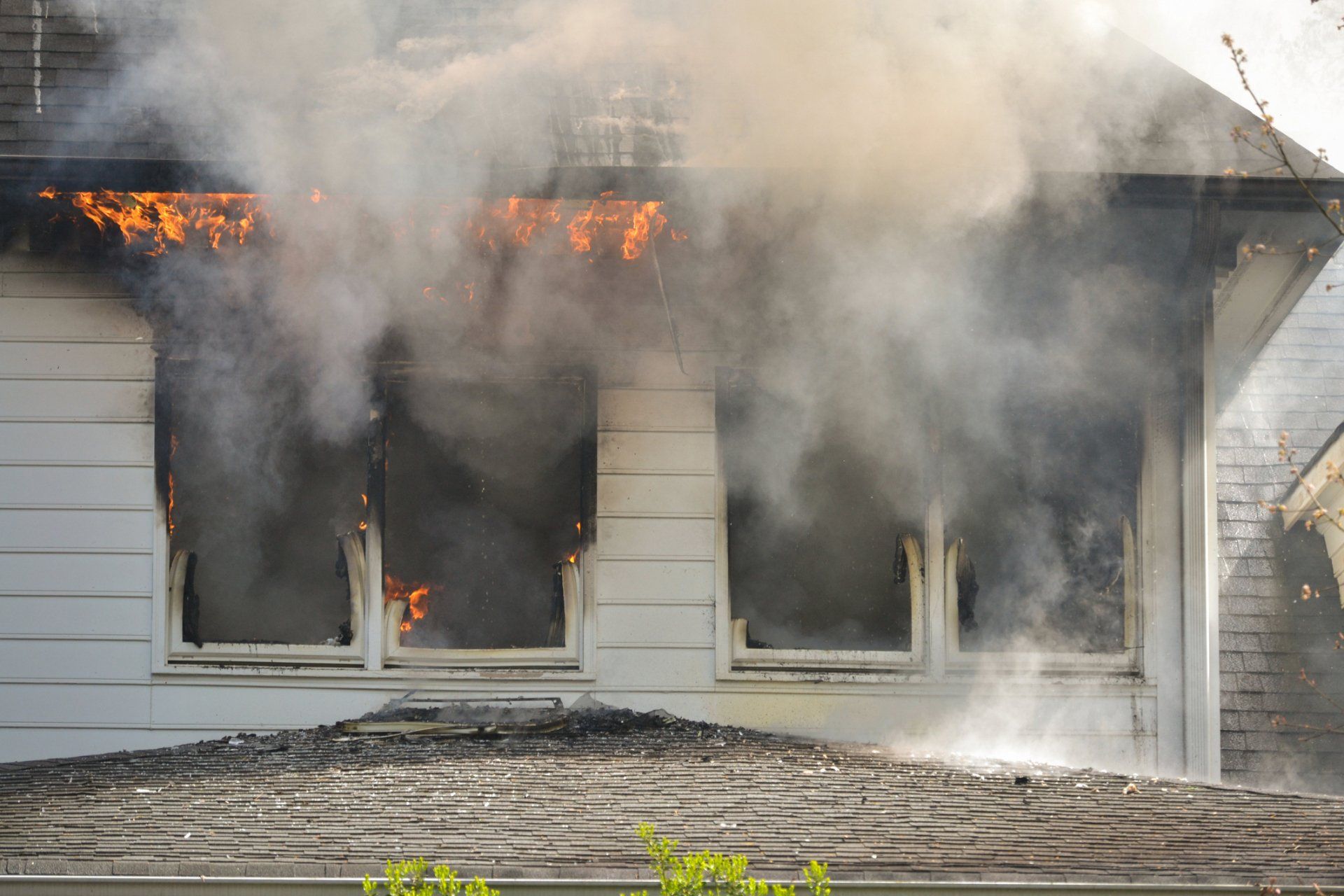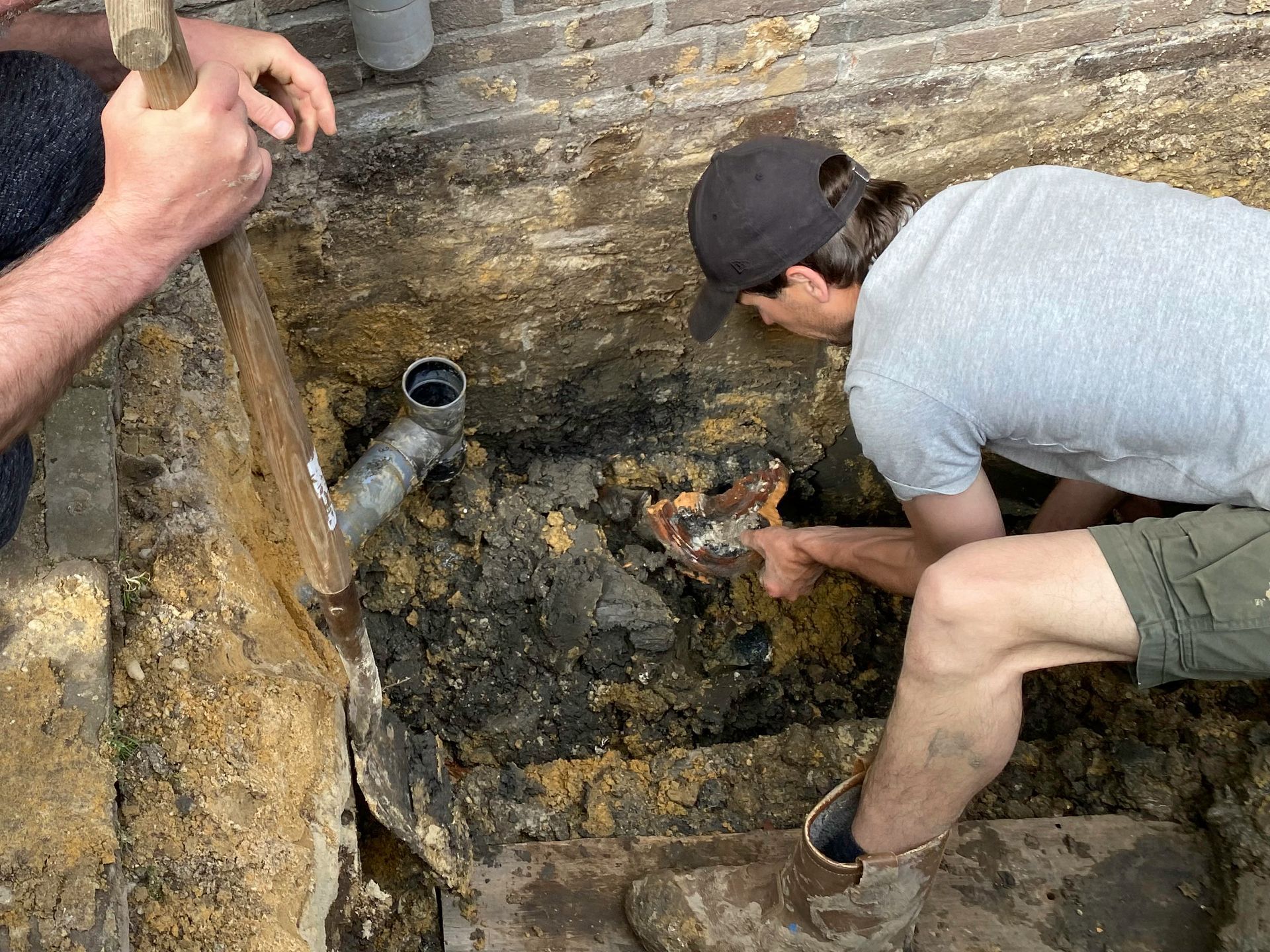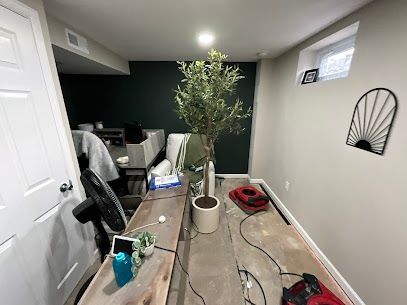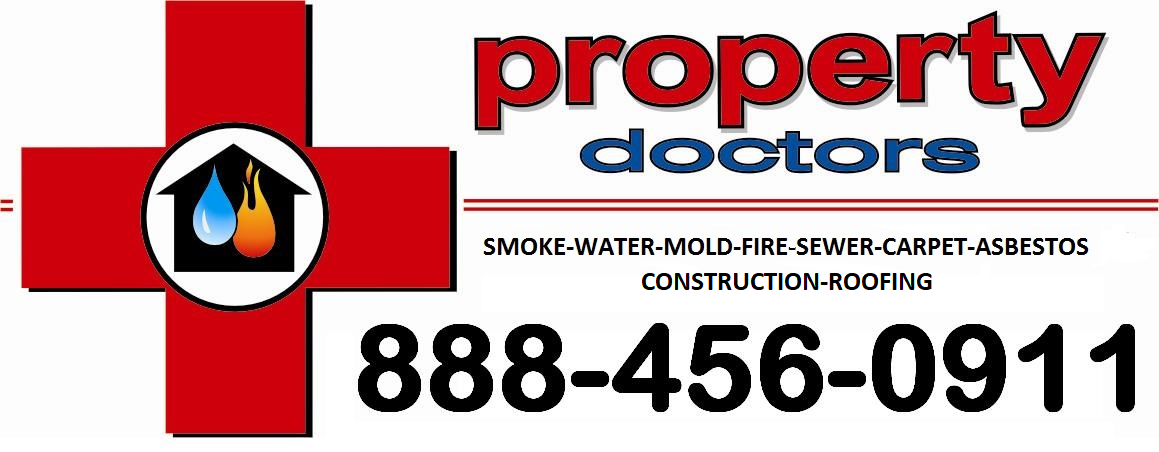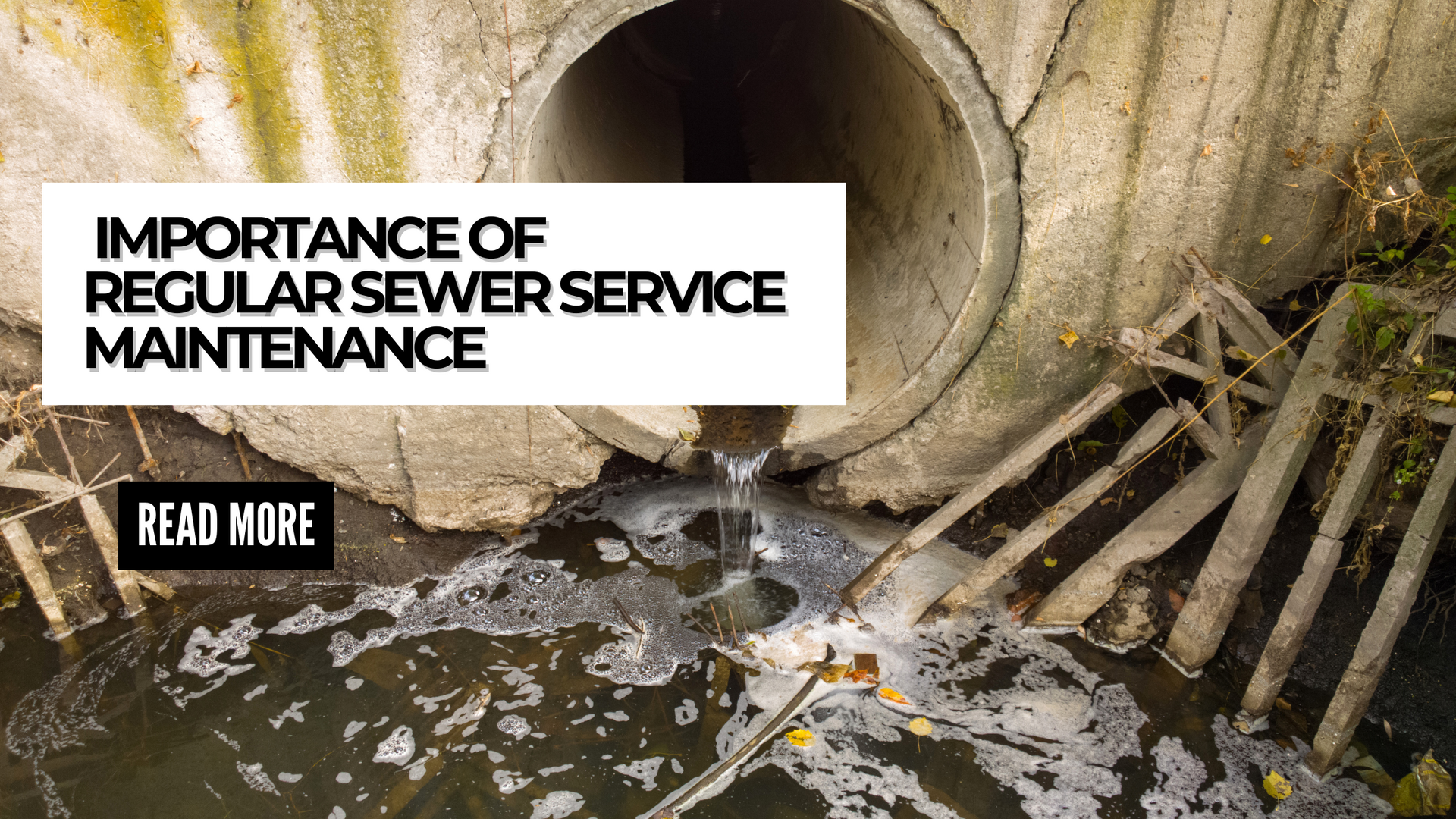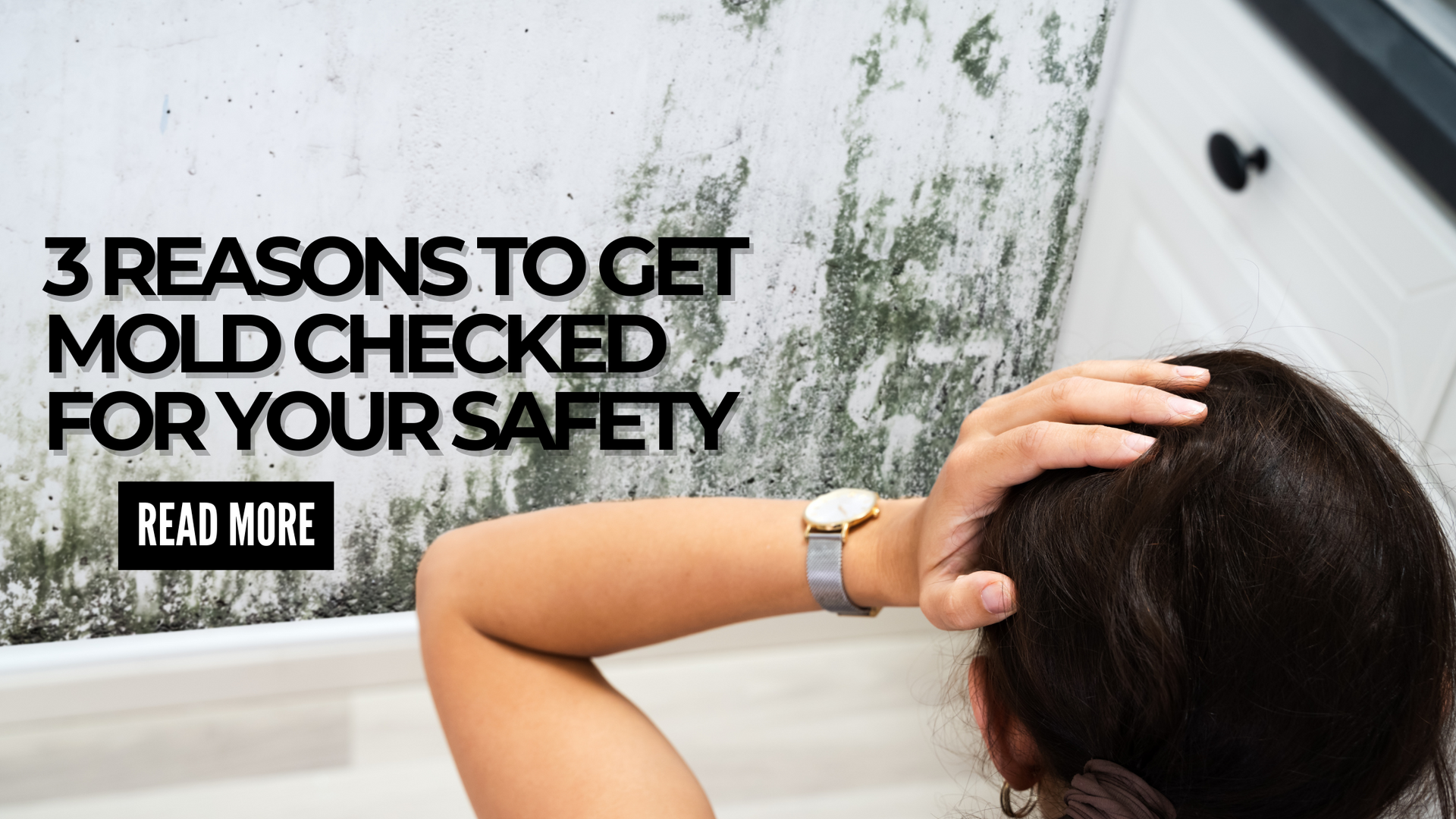BLOG
Date Published: June 6th, 2019
Date Modified: June 5th, 2019 9:14 pm
Categories: Restoration Companies in Colorado
Tags: construction services, home improvement, home repair contractors, mold killer, mold removal products, property doctors

If your home just experienced any type of property damage, chances are you’re trying to prioritize your list of different home restoration projects that need to be done. With disasters like water damage, fire damage, or other property emergencies, it can be hard to know where to begin.
That’s why we’ve compiled different questions for you to answer to better help you start prioritizing your home restoration projects. Once you have an idea of what is a high priority and low priority task, you can start reconstructing your home, removing any debris, and repairing any damage.
If you’re looking for home restoration companies in Colorado, choose Property Doctors. Our entire team is dedicated to helping you restore your house so it can become a home again. Give us a call to learn more about the different renovation and removal services we can provide!
Home Restoration List
Below, we’ve come up with a few questions that will help you think through the different projects you need done for your home to be repaired. Use these tips as a way to organize your thoughts and create an informed list that will help you get your home restoration projects done quickly and efficiently.
DOES YOUR PROJECT NEED AN EXPERT?
First, decide what home restoration projects you should be doing yourself versus what projects you should hire a professional for. This will help you know where to start. If you have small areas of your home to patch or repair, you can do the project yourself. But if you’re working with a larger degree of damage, you want to trust a team of professionals.
For example, damage caused by asbestos should only be handled by state-certified technicians. As a homeowner, you should look for restoration companies that know how to handle — and properly dispose of — asbestos and asbestos-contaminated items.
Once you know the project you need help with, you can start looking for local restoration companies that can repair the type of damage you’re dealing with. Restoration companies, like Property Doctors, can help with all stages of the process, including removal, replacement, repair, and any other construction projects that are required.
WHAT ISSUES ARE CAUSING A SAFETY HAZARD?
Are there certain areas of your home that are unstable or allowing elements from the outside to come into your home? These problems should be a priority, especially if they are a threat to your safety.
For example, if you have water damage in your basement, the most important thing might be to get the area dry to stop the growth of mold. Or is your home at risk from the outside elements due to gaps or damage to your walls? That’s another risk that you should work on getting boarded up and repaired immediately.
DOES YOUR PROJECT HAVE A BUDGET AND WHAT IS THAT BUDGET?
Budgets usually take precedence when it comes to home restoration and what projects you can afford. Once you’ve taken care of the more important and hazardous issues, evaluate the remainder of your budget.
Are you getting money from the insurance company that will cover the damage? If so, you can move forward with adding those other less-important projects to your list and working with your insurance company.
Have you spent all of your insurance money payout or are you paying for your home restoration out of pocket? If that’s true, then other cosmetic projects might have to be put on the backburner until you have more of a budget to spend on those types of projects. This could include painting, replacing flooring, or improving fixtures and appliances.
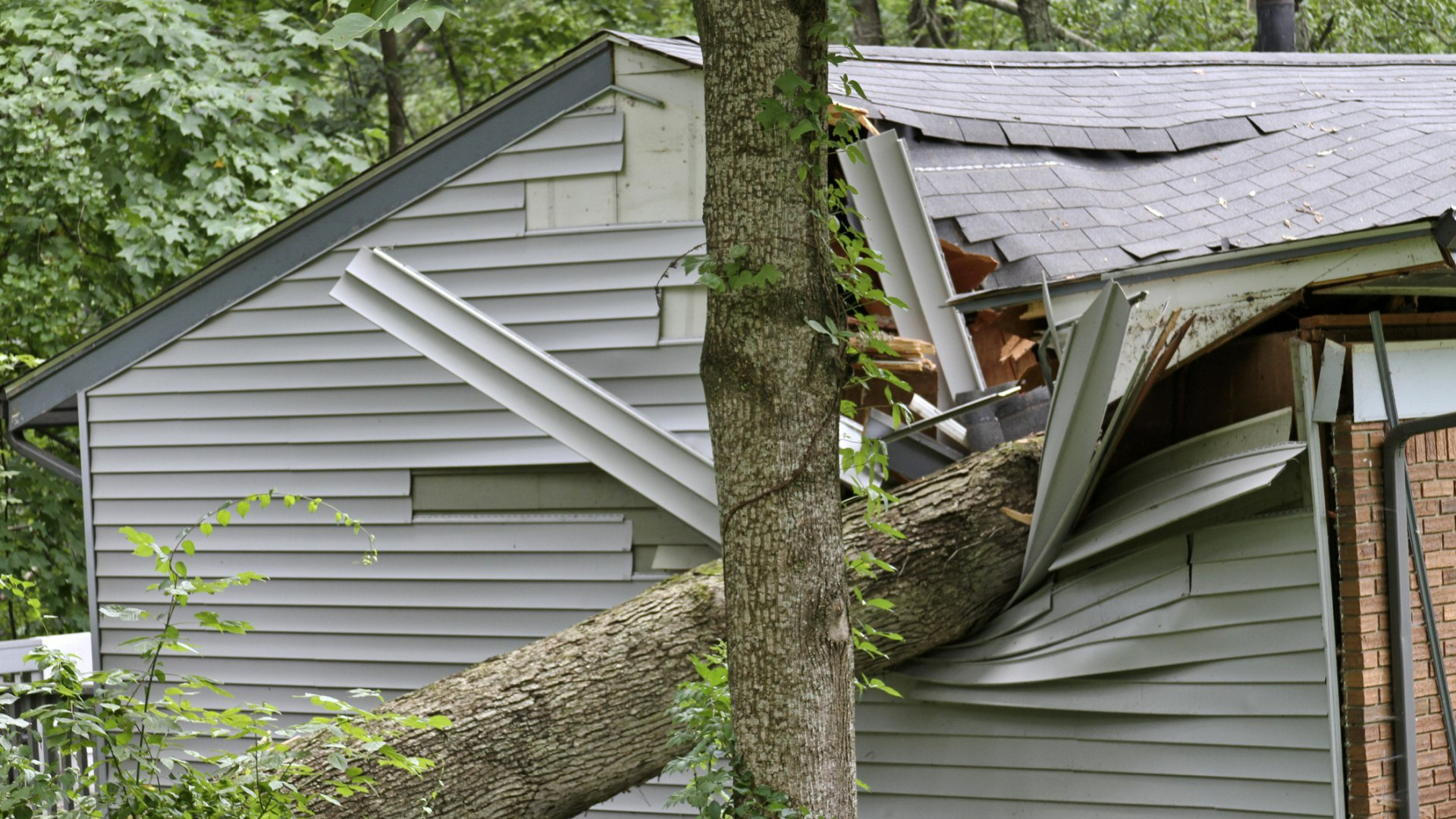
WHAT IS YOUR RENOVATION REASON?
At Property Doctors, we specialize in restoration following disasters, including:
- Fire damage
- Water damage
- Asbestos and mold infestations
- Property damage emergencies
- Sewer damage
- Home reconstruction
If you have recently experienced damage in your home from any of these disasters, then chances are that you have a very strong reason for renovating or remodeling your home.
Other reasons for home restoration could include increasing the property’s value to get a return on that investment or adding more space for a growing family.
Before you jump into spending money on expensive or professional home restoration projects, think about which projects will bring the most value to your home. At Property Doctors, we are always available to help with any type of property damage.
WHAT SEASON IS IT?
Thinking about what season it is could help prioritize your home restoration projects. Summer brings warm weather and long days, but winter brings just the opposite.
Is this a project that could (or should) wait until spring? Or is there a leak in your roof that is letting cold air or water into your home? Considering the severity and time of year can help you know what project to do and when to do that project.
Property Doctors
Don’t compromise quality when it comes to repairing your home. We hope that these different questions helped you figure out which project you’re going to prioritize next and what can be put on the backburner for a few months or another season.
When it comes to property damage and finding the right restoration company, don’t waste precious time. At Property Doctors in Colorado, we have emergency services available 24/7 because you never know when a disaster could happen. Don’t hesitate to reach out to our highly-skilled team and see how our professionals can help you with your next home restoration project.
Categories: Restoration Companies in Colorado
Tags: construction services, home improvement, home repair contractors, mold killer, mold removal products, property doctors
PLEASE CALL US 24/7 TO SPEAK TO A LIVE REPRESENTATIVE ADVICE LINE AND/OR TO DISPATCH A CREW.
